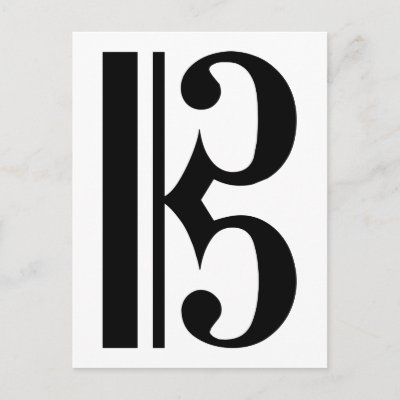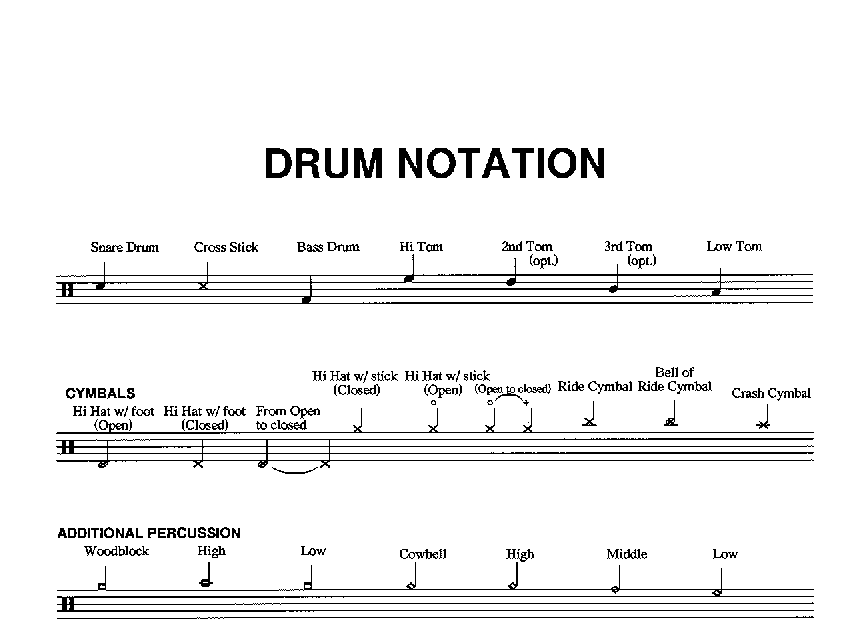Movie review score
5
As we begin our journey into the vast world of sounds and beauty I pray that you would continue to grow and find interest in this path you are undertaking.
Notation of Pitch
Staff
- it is consist of five equally spaced horizontal lines which makes four spaces in between them.
You number these lines from the bottom up. The first line is the bottom line, the 2nd line is the one above the bottom line and you know how things go after that.
Bar Lines
- are lines that divides the staff into measures
Few other types of bar lines
Double bar line
- indicates the end of a section; in simply means you are at the end of a certain part of a song or music
Fine or End
- indicates the end a piece or a musical score.
Repeat signs
- there are many types and symbols of repeat signs but let us discuss the commonly used ones.
The forward repeat sign tells us to play the section of a piece until we see the nearest backward repeat sign which also indicates to go back to the nearest forward repeat sign.
Letter Names
- the various pitches in our musical language are referred to by the first seven letters of the alphabet.
A B C D E F G
- here is how you locate them on the keyboard
The CLEFS
- it is a symbol placed before a line of music that will establish the letter names on the lines spaces of a staff
- it is a french word which means "KEY" in english
Types of clefs
G clef or Treble clef
 |
| don't worry about the color, I just think it's kinda cool to look at |
- the G clef or the treble clef is an ornate letter G. Simply put, it's a letter G that evolved into that symbol
- this is how we draw a G clef
- when you place a G clef on the staff, you call that staff now a "G staff"
- notice the clef curling around the second line? The G clef designates that G is located at the second line
- so now that we know that G is on the second line by reason of the G clef, we can then identify the notes on the other lines and spaces on the staff using G on the second line as our reference point. (Please, oh please, this is just a hint, do not use this as a method for sight reading)The G clef is used
The F clef or the Bass clef
- the bass clef is also called the f clef because it was derived from the letter F. Like the g clef, it designates where to look for the letter F on the staff.
- the note F is located between the dots of the F clef, that is the fourth line of the staff
- this is how we draw a bass clef
-when you place a bass clef or an f clef on the staff, you call that staff a "F staff"
The C clef or the Movable Clef
- so many are confused and bedazzled by this strange clef, the c clef. Especially those who haven't had any formal music training at all. DO NOT BE AFRAID!
- the c clef works this way. Wherever the pointy arrow part of the clef points at, that is where you will find you middle C if you are using this clef.
- the reason why this is called a movable clef is because it really is movable (wow that was deep, LOL)
- to illustrate that further, take a look at the image below
- The tenor clef has its middle C located on the fourth line
- The alto clef has its middle C located on the third line
- The mezzo soprano clef has its middle C on the second line
- The soprano clef has its middle C on the first line.
Here is another image on how these different clefs are use
Rhythm Clef or the Neutral clef or Percussion Clef
- this is a clef that is use for non pitched instruments, like the drums, percussion section, and others alike
- this clef shows mainly the rhythm of the music being played
Here is an example of how a rhythm clef is use and how it is use on drum notation
If you have finished reading this chapter of music theory, please continue reading MUSIC NOTATION MADE SIMPLE PART 2


















